This could be a bit of a long post as it looks at both evolving capability and concentration of Artillery fire power in respect of artillery support to the Breakthrough Attack.
The Soviet Army over the 1970s and 80's significantly increased the amount of non Divisional Artillery held at Army and Front level. In the West the main purpose of units at Corps and Army Group level would be deep fires and counter battery. Whilst this was a consideration for the Soviet systems these units would also be used to create the concentrations of tubes required by Soviet planning norms to support a break through attack and to focus combat power on the main axis of advance.
The TTP post Breakthrough Attack covers the detail of this and shows how an attack would be mounted against a formed defence in depth or an enemy fortified region. A Breakthrough attack required heavy concentrations of Artillery, expressed in various sources as between 60 - 110 barrels per km or 350 across the frontage of the attack. Isbey reports this as follows:
The Soviet Army over the 1970s and 80's significantly increased the amount of non Divisional Artillery held at Army and Front level. In the West the main purpose of units at Corps and Army Group level would be deep fires and counter battery. Whilst this was a consideration for the Soviet systems these units would also be used to create the concentrations of tubes required by Soviet planning norms to support a break through attack and to focus combat power on the main axis of advance.
The TTP post Breakthrough Attack covers the detail of this and shows how an attack would be mounted against a formed defence in depth or an enemy fortified region. A Breakthrough attack required heavy concentrations of Artillery, expressed in various sources as between 60 - 110 barrels per km or 350 across the frontage of the attack. Isbey reports this as follows:
- A minimum of 100 tubes (4/5 Battalions) per km for Breakthrough, he further refines this based on the nationality of the target.
- 110 against German or American Divisions,
- 100 against British
- 90 against Dutch or Belgium
- 80 tubes for Hasty Defence
- 40 tubes per km on a minor axis of advance
The Breakthrough operation would focus considerable force on a single portion of the enemys line in order to force a flank and restore manoeuvre which was the preferred method for doing business. The non divisional Artillery units would be massed to achieve that effect. These units could either be allocated under command by cascading units forward from higher levels of command for the operation or in support for particular aspects of the operation in line with the Artillery doctrine discussed in more detail in the post: 1980s MRR and TRR, Part 4 Artillery.
The Non Divisional Artillery units deployed a number of capabilities not available at divisional level and below. These capabilities when cascaded forward would significantly enhance the support available to the attack and offered alternatives to WMD. Some key systems are worthy of discussion in a little more detail, primarily these are:
The Non Divisional Artillery units deployed a number of capabilities not available at divisional level and below. These capabilities when cascaded forward would significantly enhance the support available to the attack and offered alternatives to WMD. Some key systems are worthy of discussion in a little more detail, primarily these are:
- BM 27 Uragan Bomblet, Scatmin and Thermobaric.
- BM 30 Smerch Bomblet Scatmin and Thermobaric
- 2S4 Tylupan PGM 3OF25 Smel'chak,
- 152mm PGM 2K25 Krasnopol complex deployed by 2S3 and 2S5
- Nuclear Capable Artillery; 2S7, 2S4
Other than significant weight of fire from concentrated artillery assets the Soviets introduced three other technologies into the mix in the mid to late 80's period:
- Precision Guided Munitions,
- Thermabaric rounds
- Improved Conventional Munitions
Thermobaric Artillery Munitions
The principal evidence for the Thermobaric capability is based on the demonstration of weapon systems at the 1993 Nizhny Novgorod arms show and deployment in Chechneya and Afghanistan. The effects of these weapon systems are covered in the first post on Soviet Breakthrough capability. Thermobaric munitions were available for:
- BM 22/27 Uragan. The system came into service in 1977 the capability was developed later; capability displayed 1993, assumed available from 1985.
- BM30 Smerch came into service 1987 (Janes) with thermobaric rocket capability, capability displayed in 1993. Smerch would have been deployed to the front level Artillery divisions initially. The BM30 used the 9M55S rocket ; containing100Kg of Fuel Air Explosives.
Thermobaric weapons have proven to be effective against the following types of target.
- Personnel in the open
- Individual field defences
- Strong points and bunkers
- Minefield clearance
- clerance of landing zones
Precision Guided Artillery Munitions
The Soviets initially deployed Precision Guided Artillery munitions to effect in Afghanistan in the mid 80's fielding both the P30F25 Smal'chak and the 2K25 Krasnopol systems at about this time based on a common set of technologies. The artillery deployed precision guided munitions relied on the deployment of the 1D15 Laser Targeta Designator with the OP team.
The deployment of precision guided munitions against dug in enemey would signicantly improve the performance of the attacking force as being able to reliably place a 130kg HE round onto or within meters of the target will almost certainly ensure its destruction. Ensuring the destruction of bunkers and positions that were proving difficult to deal with enables the attacking force to disassemble a defence.
There are some excellent examples from Afghanistan covered in the High Precision Tulip 240mm Mortar paper which amply illustrate the effect. In these cases a high rate of fire is less relevant to destructive capability though weather can be a limiting factor. Elements of the soviet procedure and the performance of the systems meant they were somewhat less vulnerable to this than others.
Normal scales of PGM ammunition outlined in the FAS artillery article would be 5% of unit stocks on wheels but this could be increased for specific missions.
Improved Conventional Munitions
The Improved Conventional Munitions primrily employed by the BM-22 Uragan and BM -30 Smerch provided both bomblet and SCATMIN capability. These provide a means for area denial and more effective destruction of soft and armoured targets. Such capability could be used to disrupt mobile elements manouvering in depth to engage the breakthrough such as reserves and artillery systems. This is not dissimilar to Soviet concepts for the employment of persistent Chemical weapons and provided a viable alternative to this level of escalation.
BM 27 could engage to a range of 30km and its munitions included;
- 9M27K1; containing 30 N9N210 anti material Bomblets
- 9M27K2; containing 24 PGMDM AT mines with 3 - 40 hour Self Destruct time
- 9M27K3; containing 312 PFM-1 APMines
- 9M59; 9 directional charge bottom attack mine (developed later)? 16- 24 hour self destruct time, I assume this was developed later due to the munition id number.
- 9M55K; containing 72, unguided fin stabilised HE-Frag submunitions
- 9M55K1; containing 5 Para retarded MOTIV-3F top attack Anti Armour sub munitions.
- 9M55K4; containing 25 AT Mines with a 12-24 hour self destruct
Whilst similar capabilities now exist for the BM-21 these seem to have been a post cold war development. These munition types and firing systems were in some cases in extremly limited supply but the concentration of capability down on a very small sector for the execution of a breakthrough would mean that at that point they would be inevitably deployed.
Nuclear Capable Artillery Systems.
By the end of the Cold War 2S3, 2S5, 2S4 and 2S7 all had nuclear munitions available I have yet to find data for these which does more than to state; munition name, range and for some yield. So I have assumed these are all in the Kiloton yield range. In terms of control the High Powered Artillery Brigades deployed from the strategic reserve to front level certainly possessed this capability as did the various SSMs which are in plentiful supply throughout the Non Divisional Artillery elements. The SSMs I assume would largely be used by Front and Army to prosecute deep targets. Leaving Nuclear support to the Attack to the Artillery systems.
The munitions deployed were as follows:
- ZBV 2, 152mm 1 Kiloton Yield 17.4 Km Range
- ZBV 3, 203mm 2S7 assumed 1 Kiloton yield range 18-30km
- ZBV 4 assumed 1 Kiloton yield 9-18 km
In addition to the unique capabilities that non divisional artillery assists could deploy a significant proportion of assets at army and front level would also be deployed to support the Breakthrough operation adding mass to the effect. A review of what was available from what units will give a good feel for the numbers of systems.
Army Artillery Assets
The Assets that could be drawn upon from Army included upto 320 guns and launchers in 16 - 20 Battalions as follows:
- Divisional Artillery Regiments from the Army 2nd Echelon Divisions 1 - 2 Divisional Artillery Regiments, unto 152 Guns and Launchers from 6 Artillery Battalions and 2 SSM Battalions.
- The Army Artillery Brigade 96 Guns from 4 Battalions
- The Army Rocket Launcher Brigade , 54 launchers from 3 Battalions of 18 Launchers BM 27
- The Army Scud Brigade 12-18 Launchers from 3 Battalions of Scud B
- 2 152mm Gun battalions equipped with 2S5 or 2S3/130mm M46 towed gun
- 2 or 3 Gun Howitzer battalions equipped with D-20 ML 20 or M1987 Towed Gun Howitzers.
- In the 4 battalion configuration 24 guns would be deployed per battalion
- In the 5 battalion configuration 18 guns would be deployed per battalion
Front Artillery Assets
The Fronts artillery assets could include the assets of any Army and its Divisions in the Fronts second Echelon but I have not included these but they could add over 300 additional systems. The dedicated Artillery Units included the Front Artillery division, the high powered Artillery Brigade and the Front SSM Brigade which between them could muster a further 402 Guns and Launchers.
The Front Artillery Division comprised 6 Artillery Brigades around 19 Battalions and a reconnoissance battalion as follows:
- 1 Gun Brigade in WGF 2S7 , 72 Guns in 4 Battalions of 18 Guns
- 2 Gun Howitzer Brigades in WGF 152mm 2S3 or M1987 towed, 144 Guns, each brigade 4 battalions of 18 guns
- 1 Howitzer Brigade in WGF 122m D-30 or M-30 towed, 72 Guns in 4 Battalions of 18 Guns (this is what happened when D-30 got replaced by 2S1)
- 1 Rocket Launcher Brigade in WGF BM27/22 or BM30 (from 1989), 72 launchers in 4 Battalions of 18 Launchers. In BM30 Brigades, Battalions were reported to contain 12 Launchers.
- 1 Anti Tank Brigade 4 Battalions each of 12 ATG and 9 BRDM 2 + AT5 (not included here)
The nuclear capable High Powered Artillery Brigades, 4 Battalions would be allocated to a front from the reserve of the supreme high command and included:
- 2 Battalions of 12 2S7
- 2 Battalions of 12 2S4
The net effect was a large concentration of Artillery systems and a range of capabilities that would either exploit WMD or use weapons with similar effects. The preferred option for dealing with a formed defence was WMD which would inevitably restore a degree of freedom to manoeuvre quite quickly although with a whole range of other consequences. It would be dependent on political clearance and was less likely to occur the later one went into the period as Nuclear parity was achieved, Soviet doctrine evolved and other options became available.
The next question to pose is how would it all have been deployed. The Soviets were masters of the operational level of warfare and were very capable of concentrating force whilst deceiving the enemy as to their intent. The need to maintain the remainder of the line and too deceive would inevitable draw off some of the available combat power. To look at this I allocated 1/3 of the available firepower to units involved in economy of force operations and secondary attacks and 2/3 to the assaulting unit. This policy was applied at both Army and Front level which dissipates the ability to concentrate assets further putting roughly 50% of the reinforcing assets in the breakthrough sector.
The other factor thats not really covered in the "norms" is the allocation of fire assets throughout the enemies depth so of the 50% available is a proportion dedicated to or time sliced to depth fires. This would include the longer ranged systems such as the SSMs BM-27s, BM-30s, 2S5s and 2S7s together with the fronts Air Army, Air Assult and EW assets.
On that basis my assaulting divisions DAG could contain 110 Guns which would be split across the 4km frontage, supporting assaulting battalions and providing depth fire tasks:
- 2 Battalion 2S5 (36)
- 1 Battalion 2S7 (18)
- 1 Battalion M1987 (18)
- 1 Battalion BM 27 (18)
- 1 Battalion BM 30 (12)
- 2 Battalion SSM (8)
each of the Assault Regiment RAG could contain 132 Guns focused on support to the 2 assault battalions and across the regiments 2km frontage:
- 4 Battalion 2S3 (96)
- 2 Battalion MRL (1 Regiment supported by a battalion BM27 and a battalion BM 21) (36)
each of the 4 Assault Battalions could contain 36 Guns including their organic mortars, these would support the immediate assault and the assaulting companies and the suppression of the immediate enemy depth, It is likely that the 2S1 battalions might support using direct fire:
- 1 Battalion 2S1 (employed in the direct fire role) (24)
- 1 Battery 120mm Mortar (8)
- 1 Battery 240mm Morter firing PGM (4)
This achieves around 129 Tubes per Km in the assault sector of the assault division so meets the top level planning model, I have used a mix of 24 and 18 gun Battalions at all 18 gun battalions this would be closer to the model. Each battalion in the assault would see supporting fires from the RAG and elements of the DAG for the assault phase this could look like:
From Own Resources
- 1 Battalion 2S1
- 1Battery 120mm Mortar
- 1 Battery 240mm Morta
- 2 Battalion 2S3
- 1 Battalion MRL
- 1 Battalion MRL (50% of the time)
- 1 Battalion 2S5/2S7/1987
These numbers would fluctuate based on phasing and situation with more effort going into the depth as the battle progresses. Superimposing Fires were also available from Front and Army assets but these were more likely to be focused on the depth targets and the simultaneous engagement of the enemy throughout the depth of his defence, something that the Soviet force was well organised to do.
All this would place the full range of Conventional and Improved munitions at the disposal of the assault battalions who would also be supported by the direct fire Thermabaric capability discussed in last months post on the Army Independent Flame Thrower Battalion
Given the frontages described this was probably falling on a Single NATO Battle group maybe a little more dependent on boundaries an interesting challenge for NATO and one that would require a mobile and rapid response if it were to have any chance of halting it.
Having said that this is a deep battle not a wide one and it is important to plan the engagement with the Soviet forces having to fight through to the depths required taking on multiple layers of the NATO defence in either a series of games or over a number of tables and for NATO to be able to cause attrition in the Soviet players depth. The key is I suppose that the Breakthrough Battle was not about manoeuvre but about brute force in the first instance, its aim was to restore manoeuvre. With thought balanced games could be created they just might not play out in an evening.
My goal here will be to represent the systems available to the regiment and some elements of the DAG just to introduce some different models. So the 2S1, 2S3, 2S4, BM21, BM 27, BM 30 and probably 2S7 and M1987. I have a desire for a Scud but that might have to wait and I have yet to find a 2S5 and don't fancy scratch building a battalion.
References:
Internet:
Krasnopol a laser guided projectile for tube artillery @ FAS
Artillery in the digital age Airpower Australia
BM27 Weapon systems.net
Books:
Jane's Armour and Artillery 2002/2003
Soviet/Russian Armour and Artillery Design Practice 1945 to Present
Weapons and Tactics of the Soviet Army, D Isby, 1988
Red God of War, Bellamy, 1986
Offensive Operations, Sidorenko, 1970
Tactics the Soviet Way, Rechinko, 1984
FM 100-2-1 The Soviet Army Operations and Tactics
FM 100-2-3 The Soviet Army Troops, Organisation and Equipment
Other Posts of Interest:
ORBAT - Soviet Late 80's Breakthrough Capability, Part 1 overview
ORBAT-Soviet Late 80's Breakthrough Capability, Part 2 Army Independent Flamethrower Battalions
ORBAT-Soviet Late 80's Breakthrough Capability, Part 4 Frontal Aviation
ORBAT - 1980's Soviet MRR and TRR, Part 4 Artillery
ORBAT - Soviet Divisional Units, Part 2 MRD Artillery Regiment
TTP-Soviet Breakthrough Attacks
ORBAT - Soviet Task Org, Fronts against NORTHAG
ORBAT - Soviet Task Org, Fronts in the Western TVD
Wargames Unit - Soviet Late 80's Flamethrower Company Group
Books:
Jane's Armour and Artillery 2002/2003
Soviet/Russian Armour and Artillery Design Practice 1945 to Present
Weapons and Tactics of the Soviet Army, D Isby, 1988
Red God of War, Bellamy, 1986
Offensive Operations, Sidorenko, 1970
Tactics the Soviet Way, Rechinko, 1984
FM 100-2-1 The Soviet Army Operations and Tactics
FM 100-2-3 The Soviet Army Troops, Organisation and Equipment
Other Posts of Interest:
ORBAT - Soviet Late 80's Breakthrough Capability, Part 1 overview
ORBAT-Soviet Late 80's Breakthrough Capability, Part 2 Army Independent Flamethrower Battalions
ORBAT-Soviet Late 80's Breakthrough Capability, Part 4 Frontal Aviation
ORBAT - 1980's Soviet MRR and TRR, Part 4 Artillery
ORBAT - Soviet Divisional Units, Part 2 MRD Artillery Regiment
TTP-Soviet Breakthrough Attacks
ORBAT - Soviet Task Org, Fronts against NORTHAG
ORBAT - Soviet Task Org, Fronts in the Western TVD
Wargames Unit - Soviet Late 80's Flamethrower Company Group
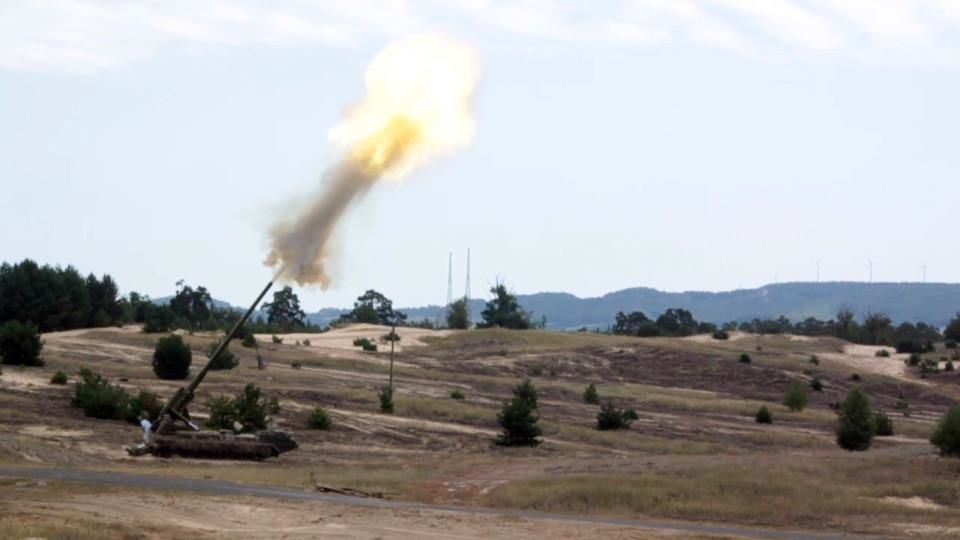
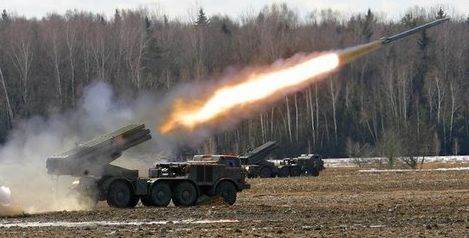
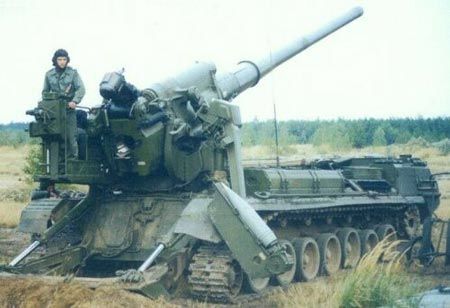
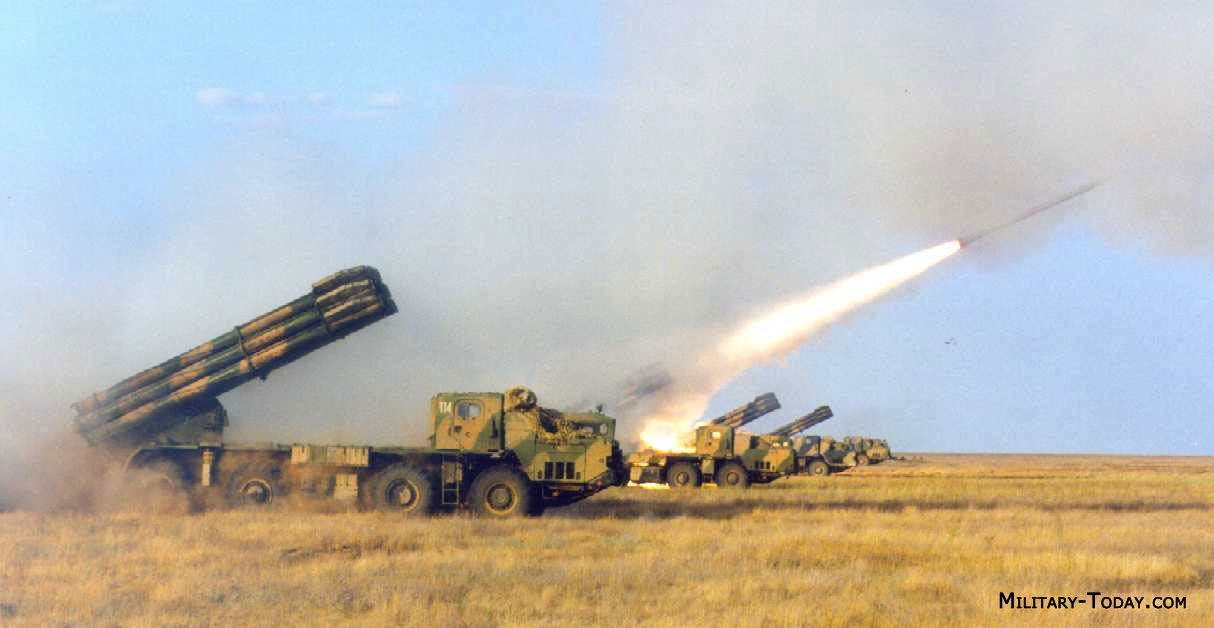

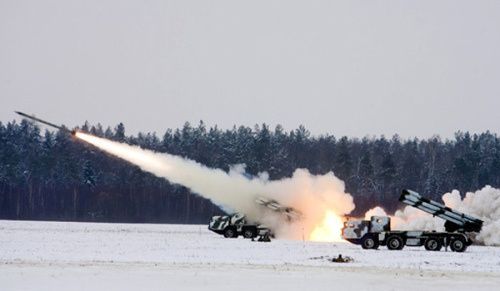

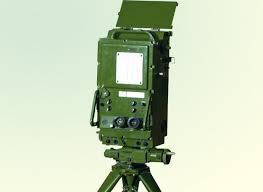
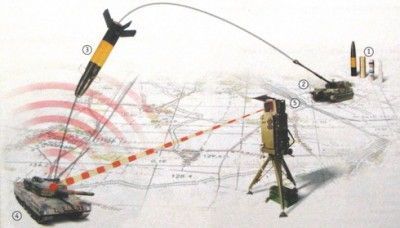
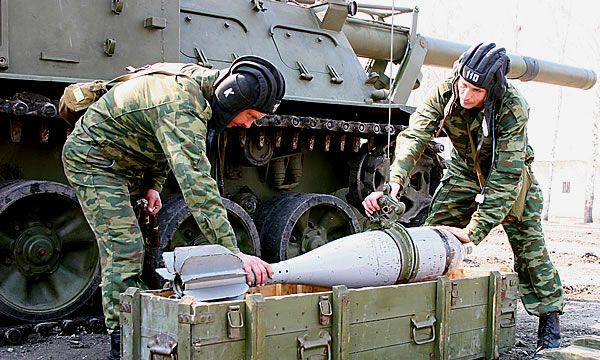

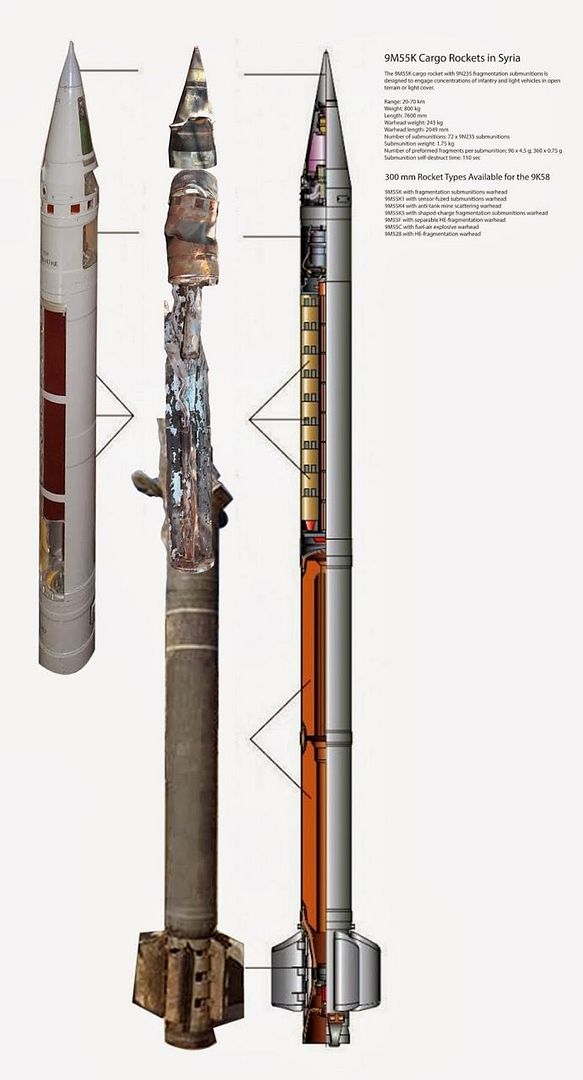
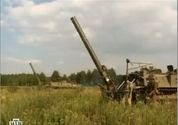

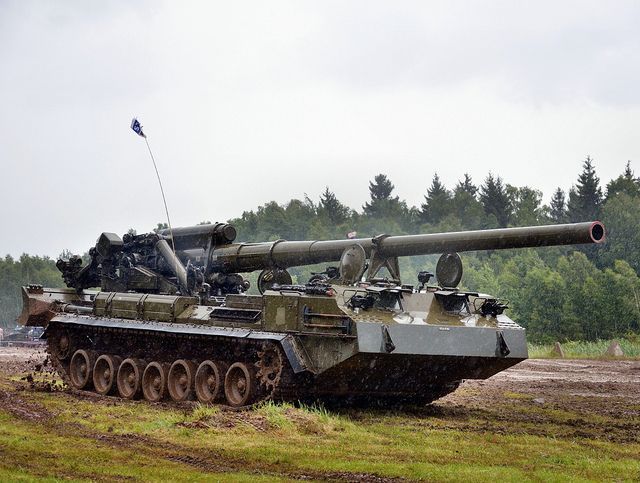
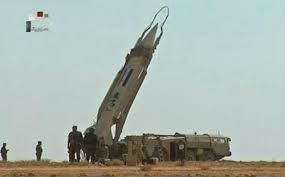
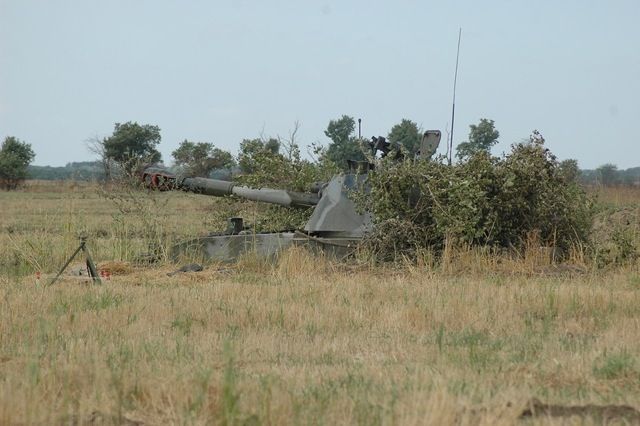
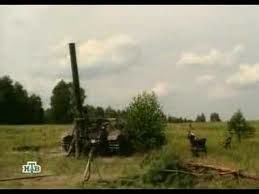
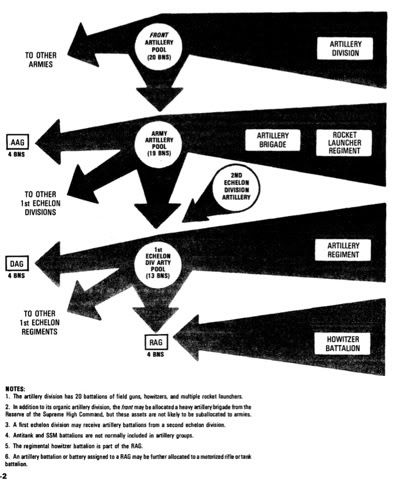
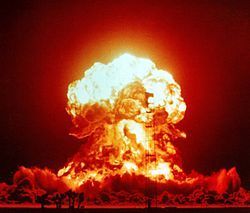

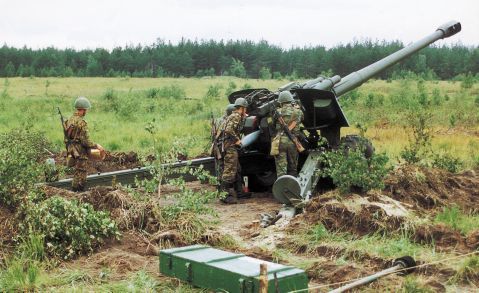

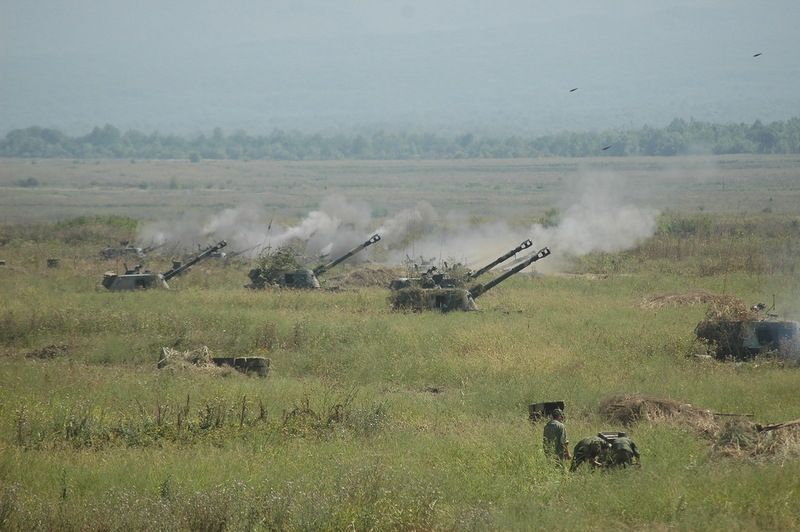

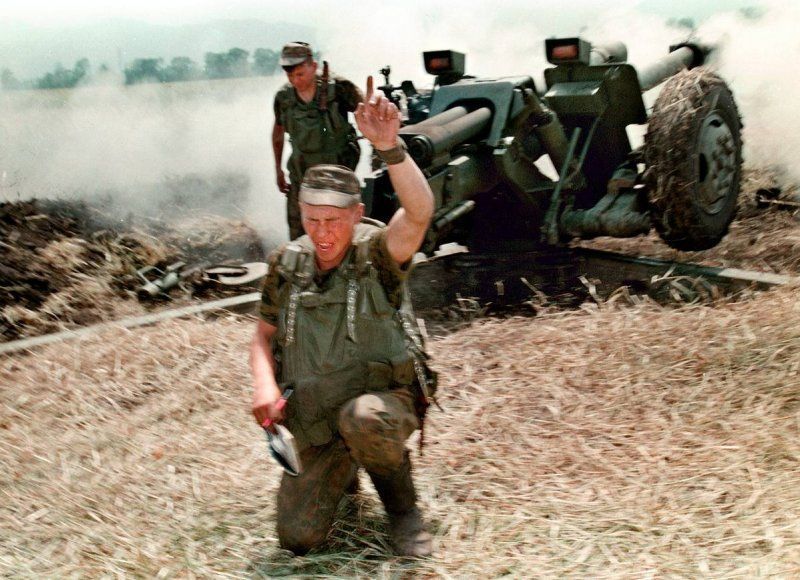
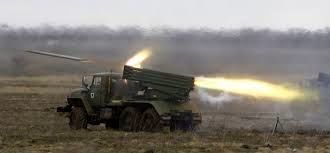
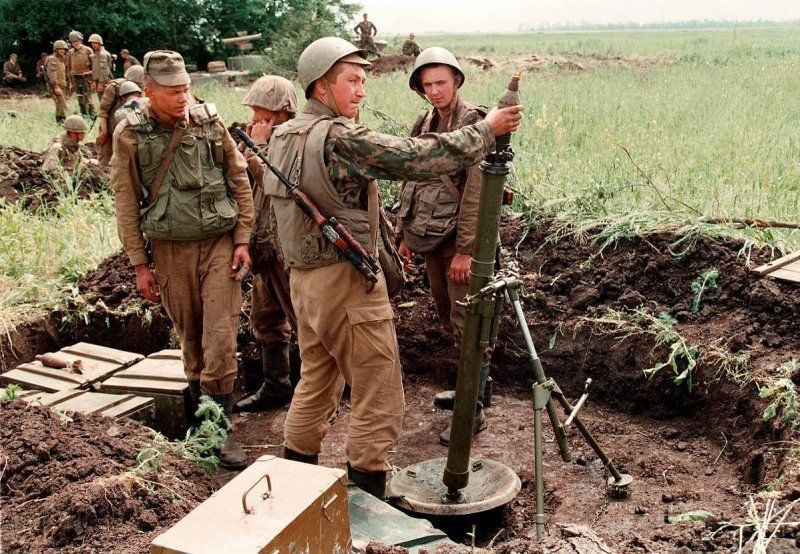
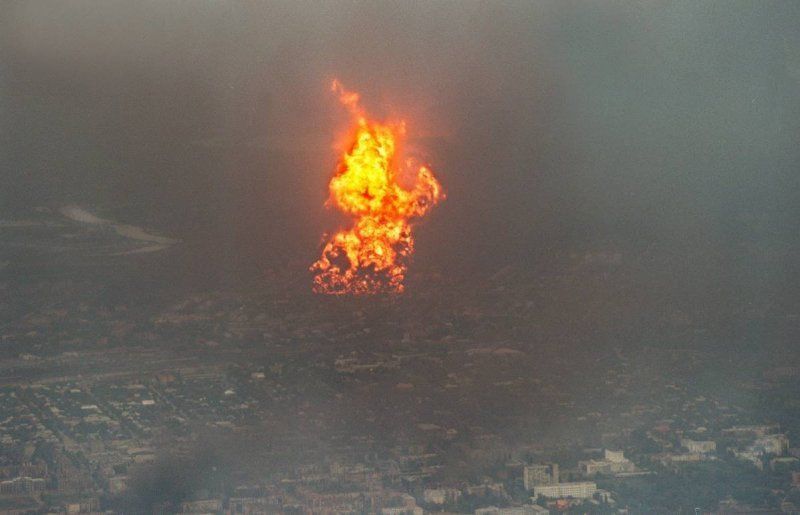
Andy, how many 2S7's and 2S4's per battery? 4, as usual in a heavy battery?
ReplyDeletein the High powered Artillery Brigades it was, 2S7 could also turn up in the Gun Brigades of the Artillery division where it would be deployed in batterys of 6, least that was my take on FM 100-2-3 which was the primary reference for equipment numbers although as I recall the FAS reference is also quite good.
Delete